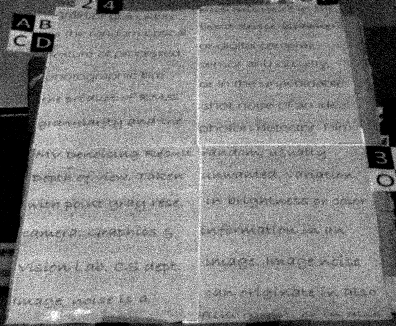
Comparing our method with a state-of-the-art single image denoising [Dabov et al.] and its extension to video denoising [Dabov et al.] on real image noise.
The images are captured using Pointgrey Dragonfly Express at its highest gain setting.
The camera moves along a linear rail and stops at 25 locations. The ground truth images are captured at the lowest gain setting at the same locations.
Comparison between different denoising approaches
 |
One of 25 noisy input images, PSNR=27.7509 |
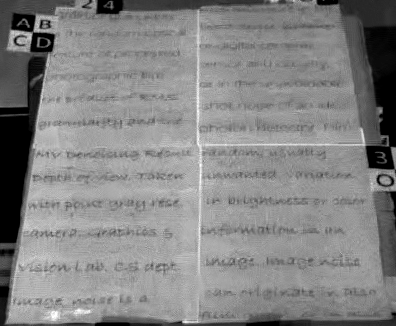 |
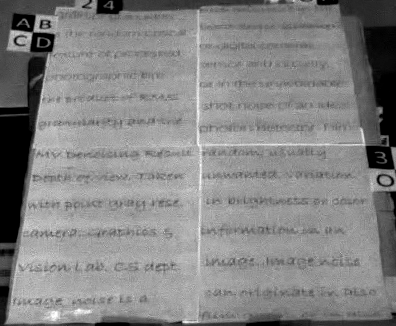 |
Single image denoising [Dabov et al.], PSNR=36.197 |
Video denoising on 25 images [Dabov et al.], PSNR=36.026
|
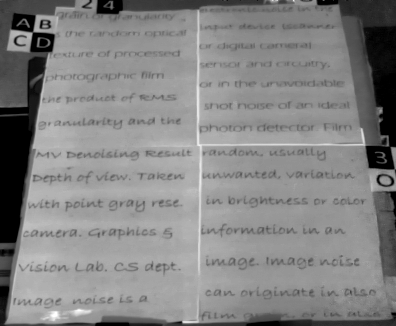 |
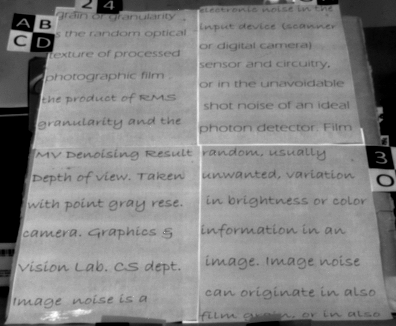 |
Our 25-view denoising (Tensor), PSNR=41.736 |
Ground Truth |
Comparison between different denoising approaches (Insets)
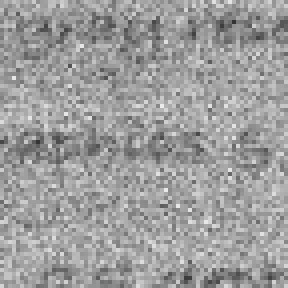 |
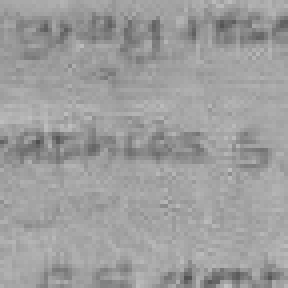 |
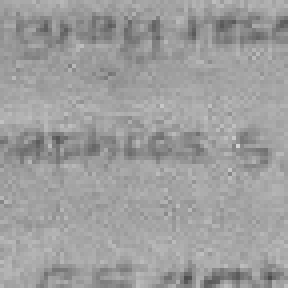 |
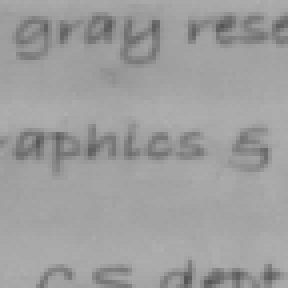 |
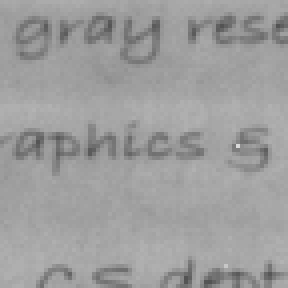 |
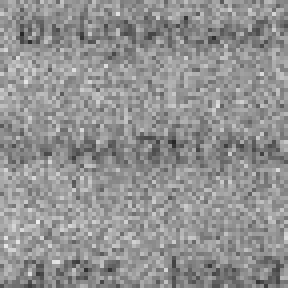 |
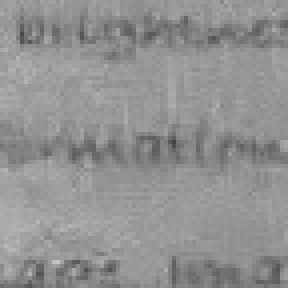 |
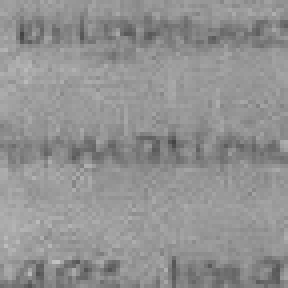 |
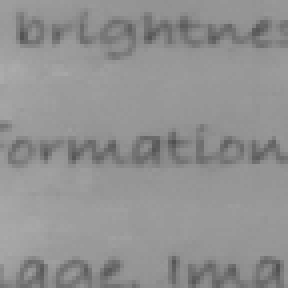 |
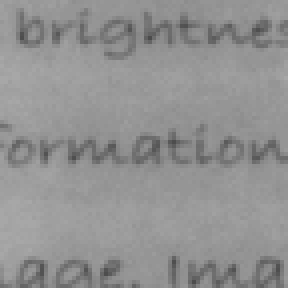 |
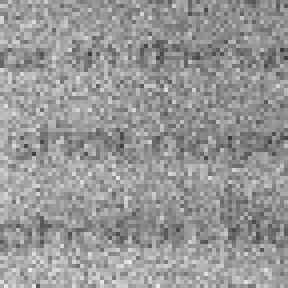 |
 |
 |
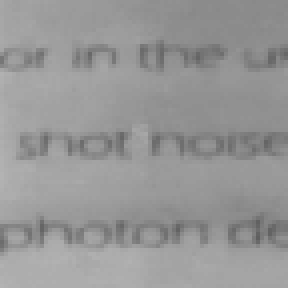 |
 |
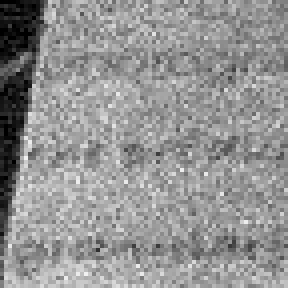 |
 |
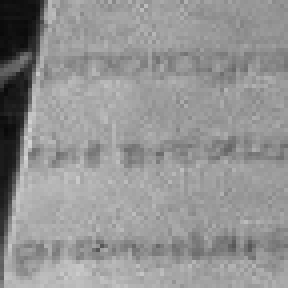 |
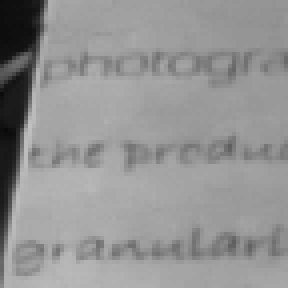 |
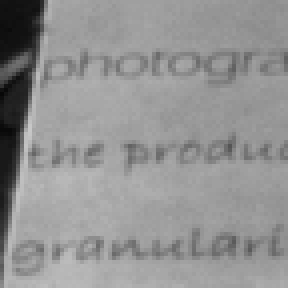 |
One of 25 noisy input images |
Single image denoising [Dabov et al.] |
Video Denoising on 25 images [Dabov et al.] |
Our 25-view denoising (Tensor) |
Ground truth |
Comment: If patches cannot be accurately grouped over time, additional image measurements may not contribute significantly to the denoising performance.
PCA Denoising versus Tensor Denoising
 |
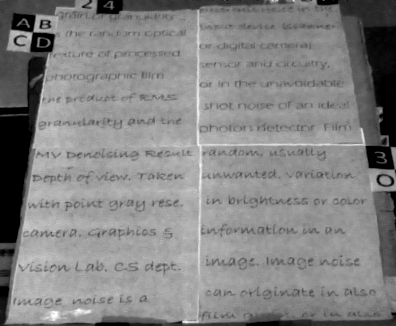 |
One of 25 noisy input images |
Our result (PCA) |
 |
 |
Our result (Tensor) |
Ground truth |
PCA Denoising versus Tensor Denoising (Insets)
 |
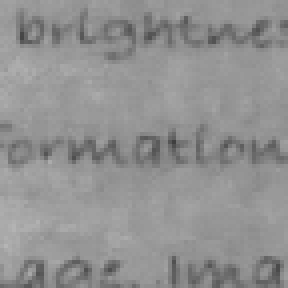 |
 |
 |
 |
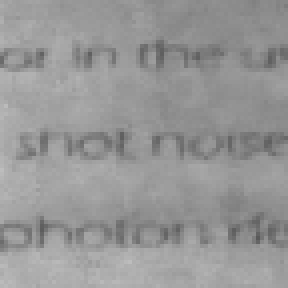 |
 |
 |
Noisy patch |
Our result (PCA) |
Our result (Tensor) |
Ground truth |
Comment: PCA and tensor analysis have comparable performance for denoising. Tensor denoising yields smoother results.